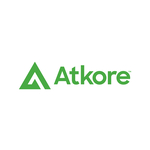
Sign up for daily news updates from CleanTechnica on email. Or follow us on Google News!
Readers of CleanTechnica may remember the article about the innovative Volt Solar Tile published a year ago. At that time, Peter Leeson, the visionary founder of Volt Solar Tile, made some predictions about where the company would be by the beginning of 2025. We caught up on zoom yesterday to see where the company is now placed in its ambitions.
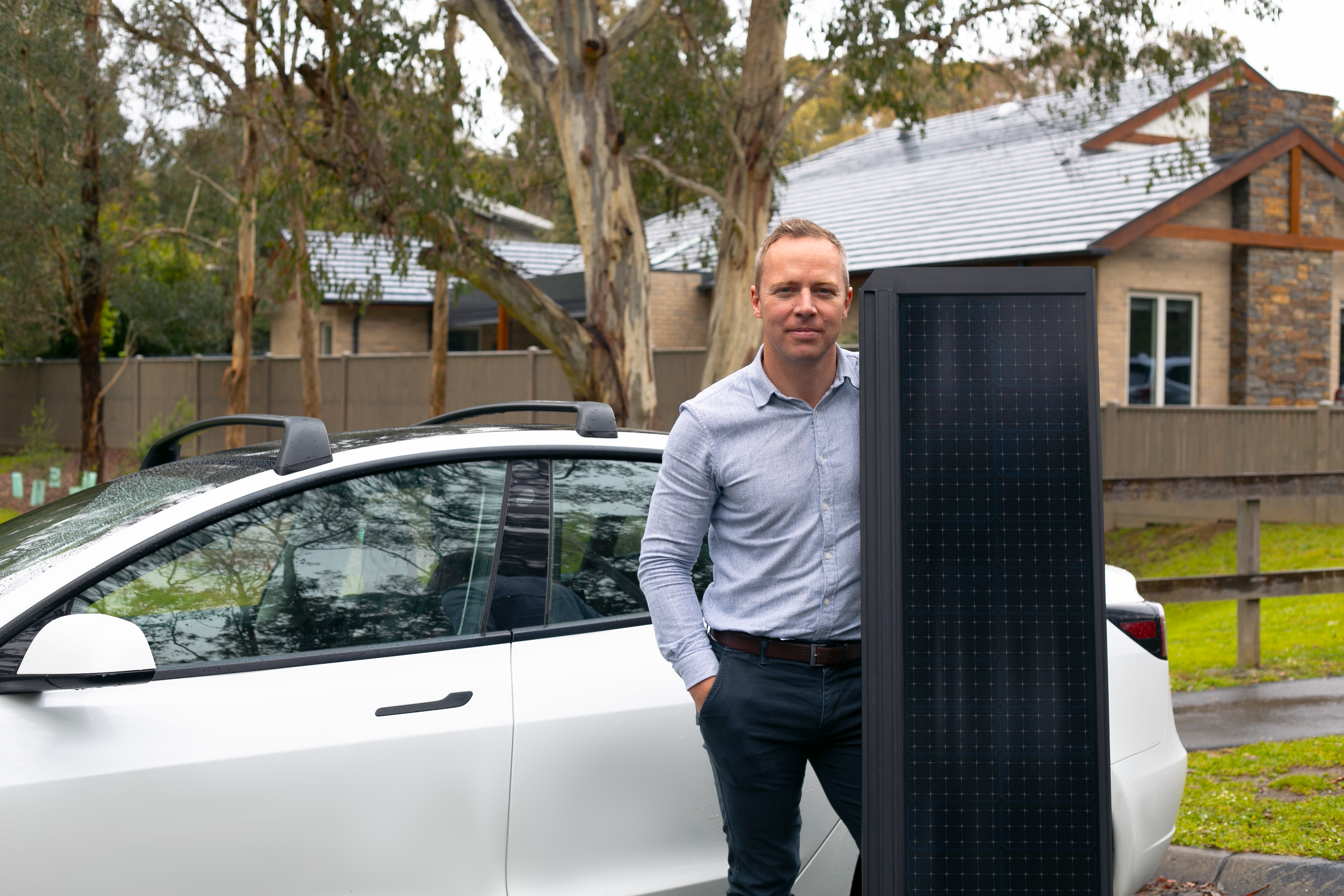
After a bit of a chat about the Cybertruck (Majella and I had viewed it the night before and Peter had seen many driving around California on his many recent visits), we got down to the nitty gritty. In a nutshell, Peter has learnt that cracking the US market needs to be done properly. It’s more challenging and has different regulations, requiring lots more design tweaks to maintain Volt’s unique benefits of speed of install and low cost. But now Volt is ready to storm the Bastille. As part of the push forward, Volt is seeking crowdfunding.
“Peter Leeson, the visionary founder of Volt Solar Tile, sees Crowd Source Funding as more than just a financial tool — it’s a way to engage with a community of supporters who believe in revolutionising the solar industry. By inviting customers and followers to become part of Volt’s journey, Leeson aims to foster a deeper connection with those who share his vision of sustainable energy and global expansion.
“This innovative approach allows everyday investors to contribute to the growth of a brand that’s making a tangible difference in how we think about renewable energy. To learn more about Volt Solar Tile and how you can join this exciting movement, visit Birchal.”
Peter and I had a protracted conversation about costs of manufacturing, which concluded with the fact that it is still cheaper to manufacture the Volt Solar Tile in China. They have the best supply chain and can manufacture at the right price. Peter has not yet been able to follow through with his plan to onshore manufacturing in Australia. The incoming Trump tariff plan will further complicate things. Peter has a plan to resolve this by manufacturing the aluminium frame (which contains the Volt’s primary IP) in Australia and then import the solar cells laminate from China. Once the crowdfunding is complete, he will apply for the Australian government incentives.
Thus, if a tariff is applied to import to the US, it will only apply to small part of the product. Volt might even end up manufacturing in USA. Volt can innovate quickly, making samples and prototypes quicker, if the frame is made in Australia rather than China. The capex required to build the entire solar laminate in Australia is a barrier. Peter believes that it is unlikely that we will have Trump tariffs on Australian goods. Only a small part of the premium Volt Solar Tile content is Chinese — perhaps 30%. “If tariffs come, impact would be smaller than on a standard solar panel.”
Production costs and hence sale price are further complicated by a web of credits which vary from country to country. The US has tariffs, solar production credits, plus income tax credits on the installation if a certain percentage of the installed products are manufactured in the US. Peter has had quite the journey in tackling the US market. In our conversation, he paid credit to the venture capitalists and company executives he met with in board rooms throughout his trip.
“I walked into meetings with representatives of companies making 100 million dollars a year profit. NYSE-listed and NASDAQ-listed companies. They were extremely impressed with our product, the ease of distribution, and the scaling potential. Their jaws dropped. The US invests in people who solve problems!” Peter says he has had a great reception from VC’s, building product distributors, etc. “They are very willing to adopt new ideas and move into the future. Nothing’s too hard. I found an appetite to invest and to solve problems.” His proposals were read and discussed in detail. He tells me they were very generous with their time.
Let’s get into a little more on the issues faced entering the US market and then we’ll talk about the impressive achievements of the Volt Solar Tile over the past 12 months.
Peter is well aware he has to do the US entry right the first time. His team did the analysis and then the work. He believes he has found the right partner and the redesigned product especially for the US market will be a success. Hundreds of thousands of dollars and many hours were spent in redesign. Don’t forget that Peter is an electrician and knows his way around a roof. He explained to me that one of the issues was that roofs in the US are not built like those in Australia and Europe.
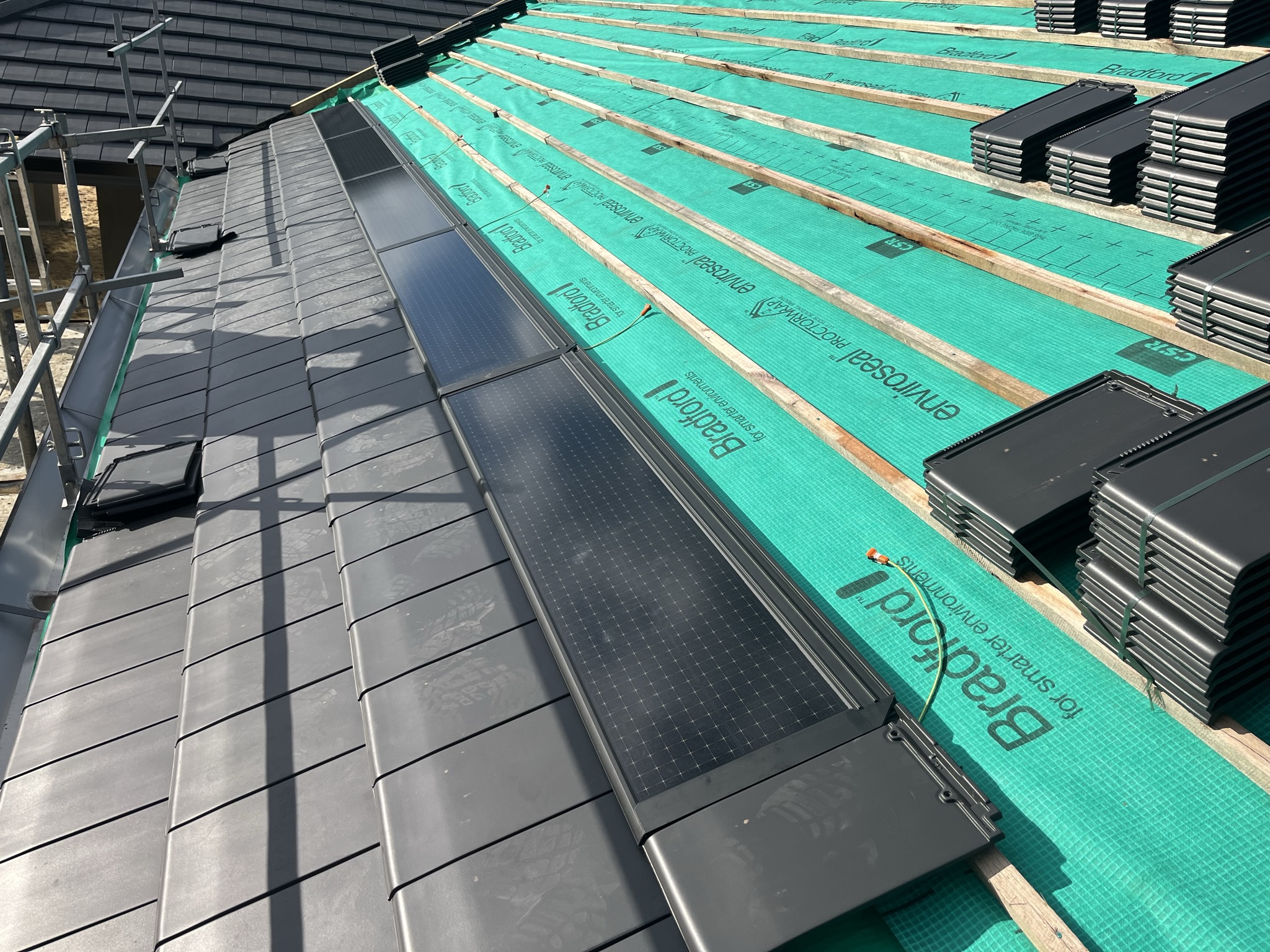
Over here, we use battens. In the US, the roof tiles are glued to a waterproof membrane that sits on top of a timber deck roof. The tile had to be redesigned so that it could fit on battens or screwed directly into the deck roof. “Each panel can then be popped up for replacement if necessary or for access to the roof space and rapid shutdown devices. The designs are done, the prototypes are in process. They will meet the UL standards.”
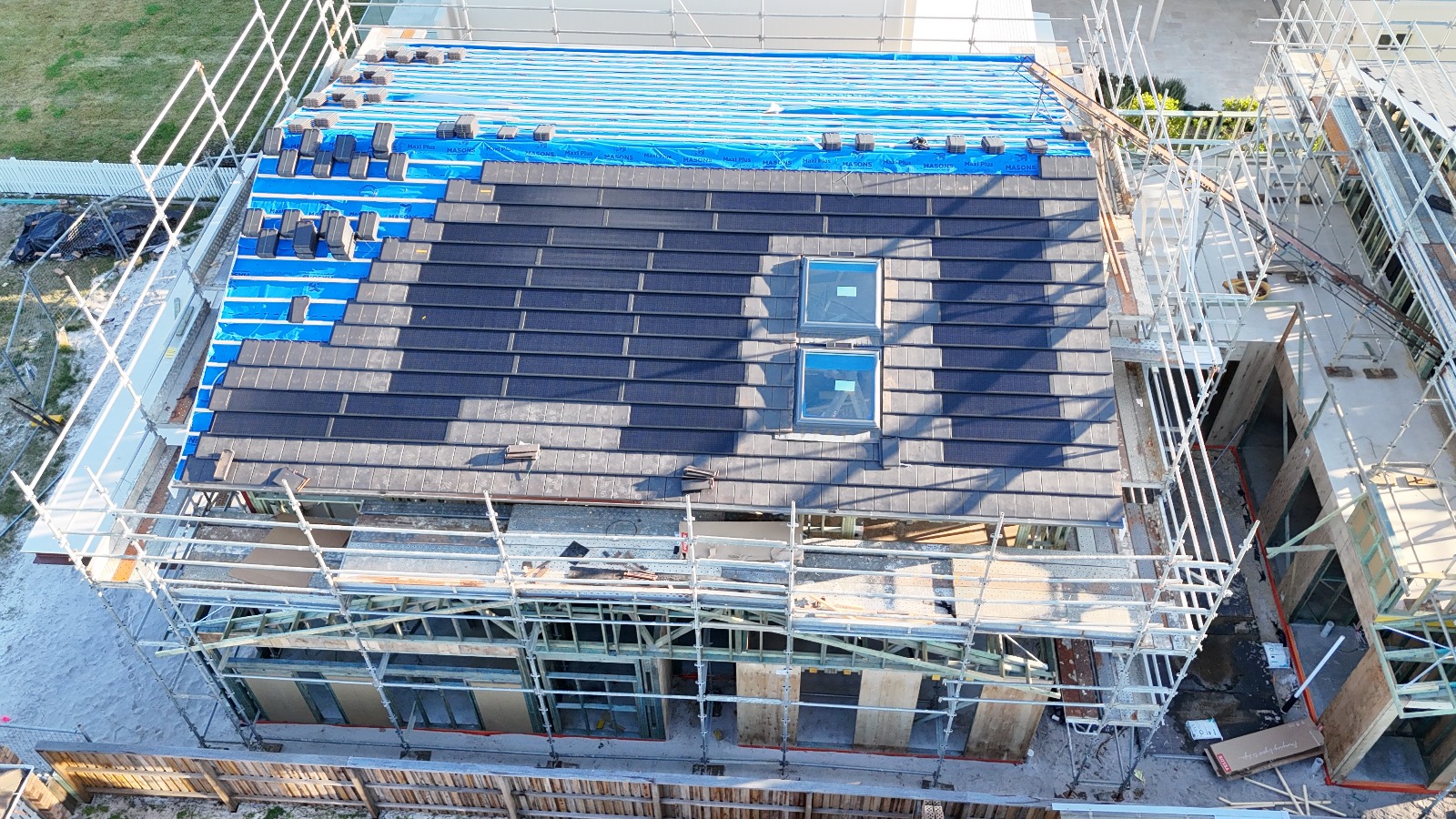
For the more technically minded, Peter supplied the following information: “List standards for the USA — UL 61215 ensures PV modules perform reliably over their lifespan by testing for durability under various environmental conditions. UL 61730 focuses on the safety of PV modules, verifying protection against electrical, fire, and mechanical hazards. The primary standard for Building-Integrated Photovoltaics (BIPV) is UL 7103. Rapid Shutdown Devices (RSD) are governed by the National Electrical Code (NEC) Article 690.12. These can be Enphase, Solar Edge or other shutdown device, they can be module level or string level.”
He expects to have product onshore in the US by June. His main strategy is growth and awareness. An agreement has been signed with a large concrete roof tile manufacturer in the US using a similar business model as they have in Australia with Bristile Roofing. The Volt Solar Tile will integrate with their roofing system.
To illustrate the potential demand, he quoted two examples: In California, there are 120,000 new homes built per year. In 2019, the state mandated solar on every new home. In Florida, homes are reroofed every 20 years. There is no solar mandate in Florida, but some homeowners are likely to consider the Volt system when they are reroofing. In Florida, Volt is partnering with a reroofing business. Lots of meetings have been held to set things up. Peter tells me he is getting multiple enquiries every week. He keeps comparing his product to Tesla’s solar roof. I asked why. He said, there is nothing else to compare it to.
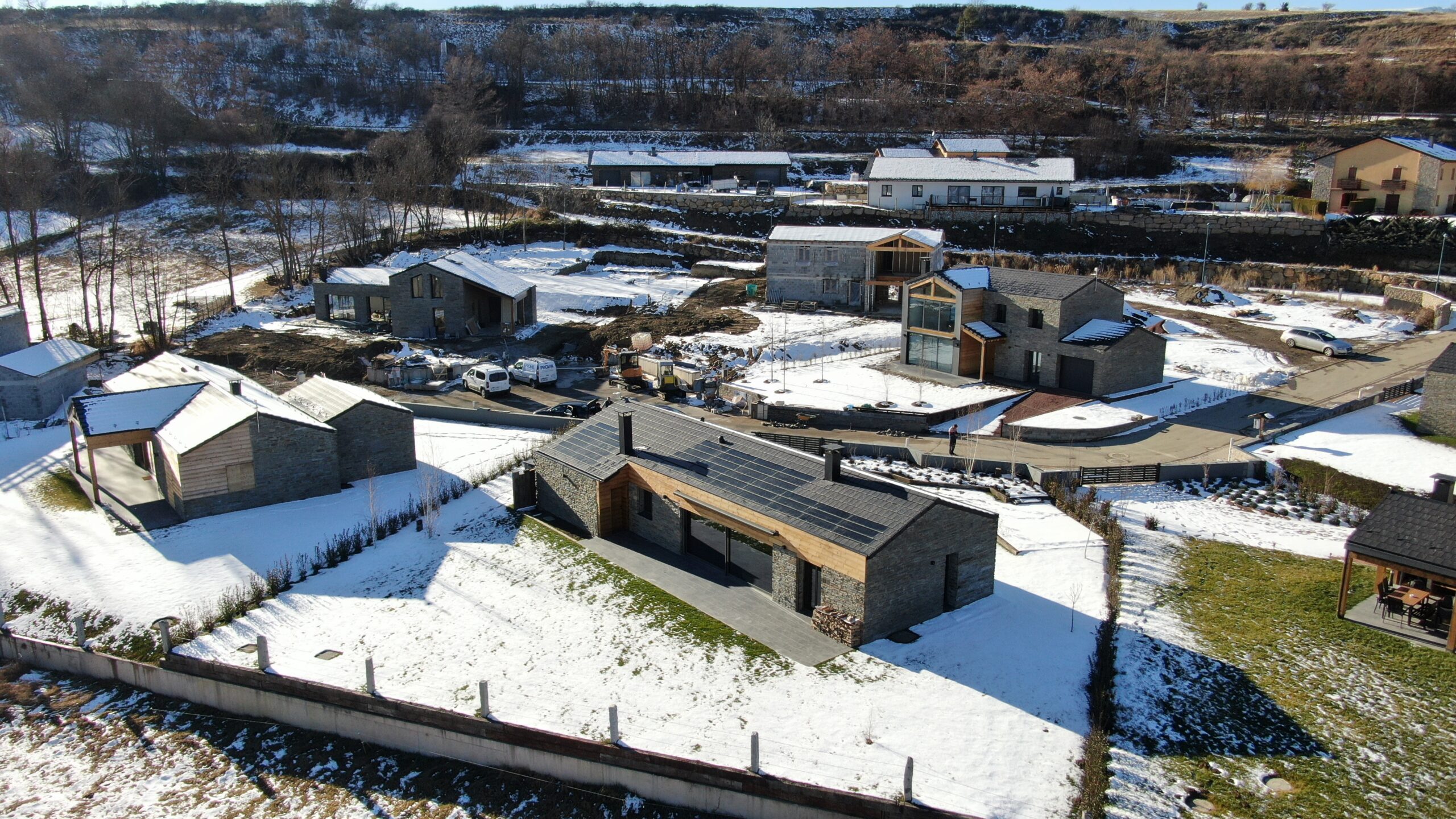
Common questions include: “Does this product exist?” “What does it cost?” Volt is not much more expensive than a standard roof plus solar panels. Roofers have commented: “We thought this was going to be so hard. We thought it would be harder than solar panels — but it’s much easier.” Peter believes there are no barriers to scale — except awareness and a timeline for construction to start.
Meanwhile, back home in Australia, there have been developments that favour the Volt Solar Tile. The National Construction Code 2022 was introduced in May. It requires a specified energy budget that takes into account the home’s energy use. If the budget is exceeded, then it has to be offset with solar energy. This is likely to mean that all new homes will need solar panels. This is a gigawatt-scale market a year. 130,000 semi-detached dwellings are built in Australia each year. If each has solar panels or a Volt system, it is the equivalent of half a nuclear power station being built per year. The Volt system is a premium product, with the average sized system being 10.6 kW. Most solar panel systems being installed on new homes are about 6 kW. The potential for Volt is very high for the premium builds. “We have had much more interest since May (when code came in),” Peter tells me.
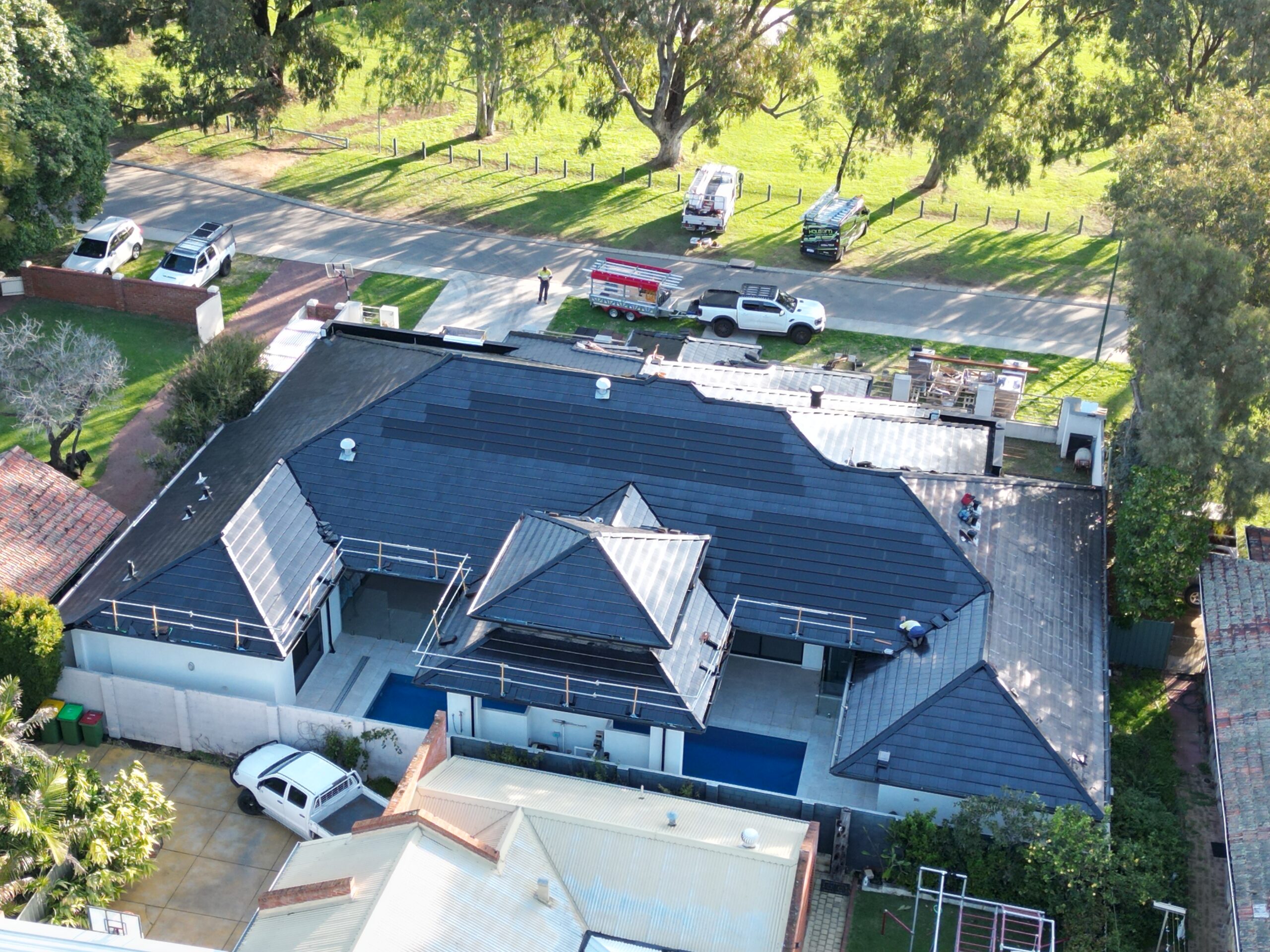
Volt Solar Tiles have been installed on 50 homes so far. Peter expects that to triple over the next 12 months because of the approvals that are still in the pipeline. Almost 20 builders are specifying Volt in project submissions. This will lead to a high compound growth rate of Volt.
Volt has influence at the design phase. I suggested he talk to Grand Designs in Australia and New Zealand.
One of their more interesting projects has been the restoration of a Heritage-listed home in Hobart. Due to the listing, solar panels could not be installed, but an integrated solution across various planes of the roof using Volt Solar Tiles was approved by council.
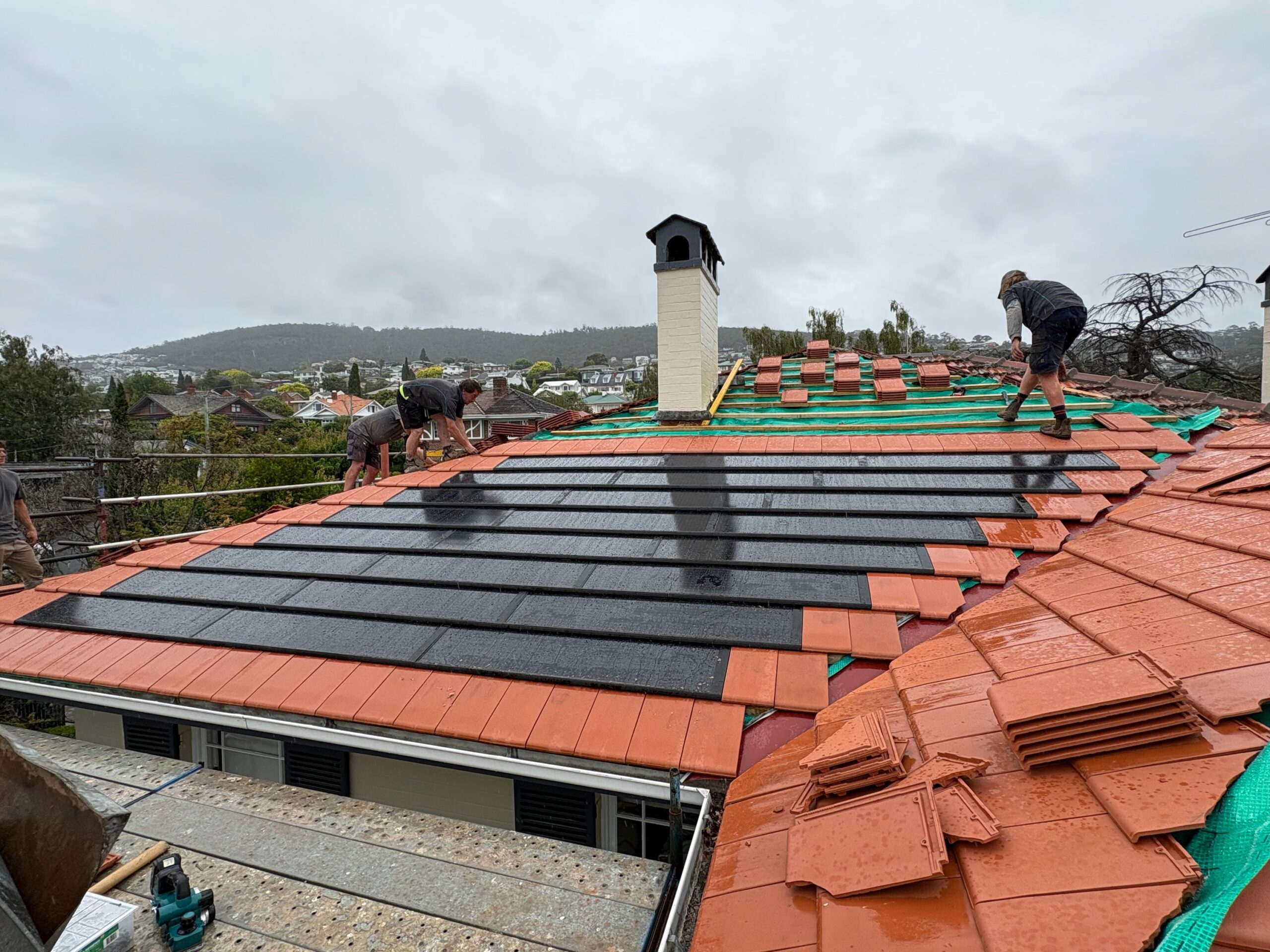
Unfortunately, Volt Solar Tiles are unlikely to be installed on social housing at this point in time. “It is a premium product,” Peter emphasized. And the costs of construction have gone up.
Peter is leaving no stone unturned in his mission to get Volt Solar Tiles onto as many roofs as possible and will be applying to ARENA for funding under the Sunshot program.
By end of 2025, Volt systems will be installed across California and Florida, with projects already installed in the Middle East, Europe, and, of course, Australia. Under our first article last year, one reader quipped: “I might not live to see a proven, high quality solar roof tile manufactured in quantity, at a price that makes economic sense.” I think you will — with the Volt Solar Tile. Success must follow the hard work and tenacity of this plucky Australian entrepreneur. The future is bright, electric, and on the roof!

Chip in a few dollars a month to help support independent cleantech coverage that helps to accelerate the cleantech revolution!
Have a tip for CleanTechnica? Want to advertise? Want to suggest a guest for our CleanTech Talk podcast? Contact us here.
Sign up for our daily newsletter for 15 new cleantech stories a day. Or sign up for our weekly one if daily is too frequent.
CleanTechnica uses affiliate links. See our policy here.
CleanTechnica’s Comment Policy



